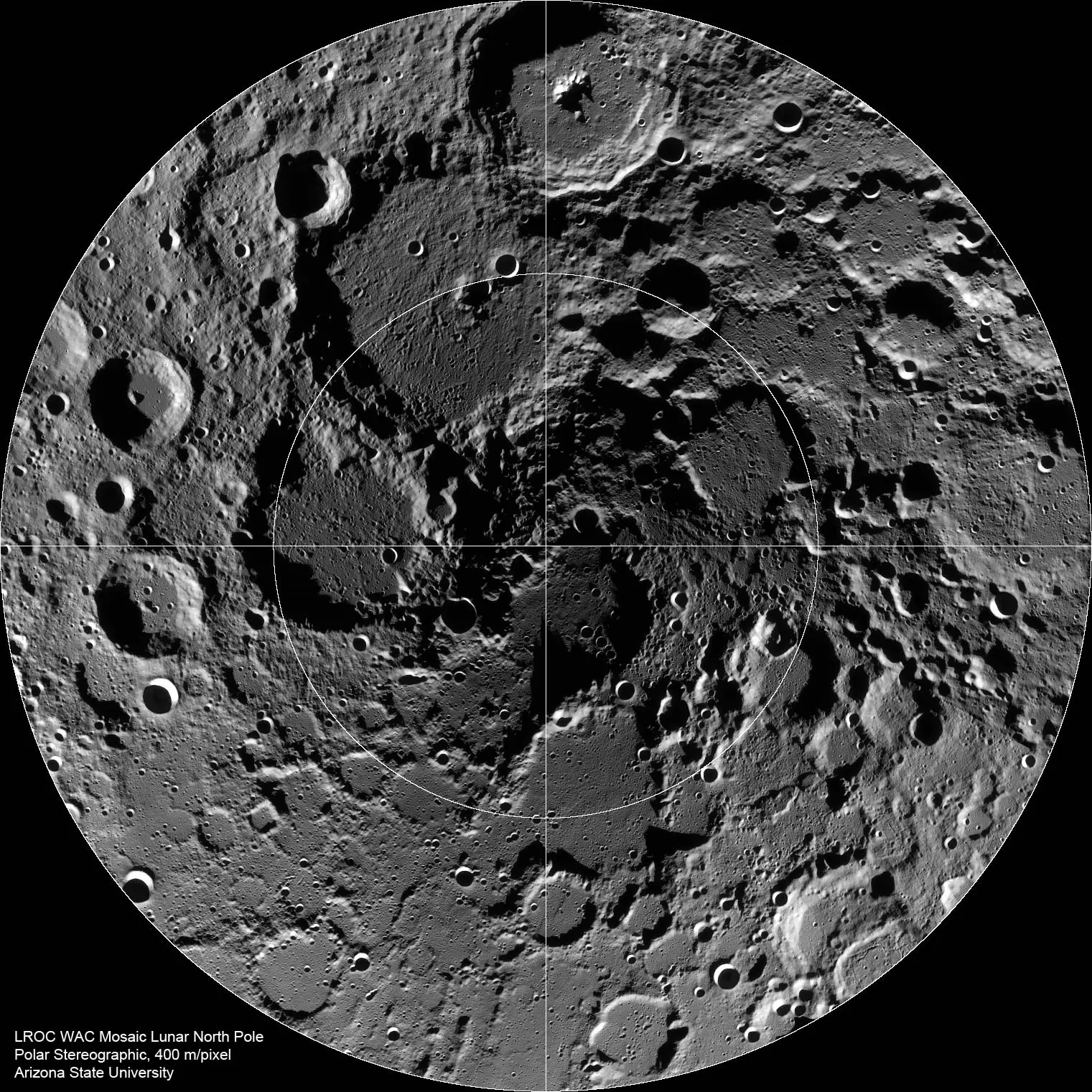Determining the age of the Moon has captivated astronomers for decades. Using a method known as crater counting, scientists can estimate how old this celestial body is by analyzing its surface. The Moon, along with Mercury and various moons of the outer solar system, has remained largely inactive for billions of years. Consequently, when asteroids and comets collide with these bodies, the craters they create persist due to the lack of atmospheric and geological activity.
The process of crater counting reveals that not all lunar surfaces are equally aged. Volcanic activity in the Moon’s past has resulted in some regions, particularly the dark maria, appearing younger than the lighter highlands. This is because lava flows can effectively cover older craters, leading to a misleading impression of their ages. Thus, by examining the density of craters in different areas, astronomers can infer that regions with more craters are older than those with fewer.
Unlocking Lunar History with Apollo Missions
The Apollo missions have provided invaluable insights into the Moon’s age. Through the analysis of lunar rocks brought back to Earth, scientists have employed radiometric dating to determine their ages. This technique assesses the proportions of radioactive elements and their decay products, allowing researchers to calculate the absolute age of rock samples.
For instance, the edge of the Sea of Tranquility, where Apollo 11 landed, is approximately 3.5 billion years old. In contrast, some highland regions may date back to nearly 4 billion years. The youngest features on the Moon include several large impact craters, such as the Tycho and Copernicus craters, which are all less than 1 billion years old. The youngest crater, the Giordano Bruno crater, is estimated to be only 4 million years old, showcasing how energetic impacts can obliterate existing formations.
Armed with these absolute ages, researchers can now apply crater counts to other celestial bodies, like Mercury and Callisto, even without direct exploration. This cross-application of data enables astronomers to form a more comprehensive understanding of the solar system’s history.
The Moon’s Gradual Retreat from Earth
In addition to determining the Moon’s age, researchers have also investigated its distance from Earth. Historical records indicate that the Moon has been gradually moving away from our planet since the early 1800s, a phenomenon first recognized by Sir Edmund Halley through ancient eclipse observations. The prevailing theory attributes this movement to tidal forces; as the Earth’s rotation drags the tidal bulge created by the Moon, it exerts a gravitational pull that alters the Moon’s orbit.
In 1962, James Faller, a graduate student at Princeton, proposed an innovative method to measure this distance accurately by placing reflectors on the Moon’s surface. These reflectors enhanced the precision of measurements by bouncing lasers between the Earth and the Moon. Current estimates indicate that the Moon is receding at an average rate of 3.8 centimeters per year. While this may seem slow, over millions of years, the distance adds up significantly.
As a result of this gradual retreat, total solar eclipses will become increasingly rare in the coming hundreds of millions of years, as the Moon’s size relative to the Sun will change. This phenomenon serves as a reminder to appreciate the celestial events we witness today, as they may not last forever.
Understanding the Moon’s age and its movement away from Earth not only informs us about our closest celestial neighbor but also enriches our knowledge of the broader solar system dynamics. The ongoing research stemming from the Apollo missions continues to unveil the Moon’s fascinating history and its intricate relationship with Earth.



































































